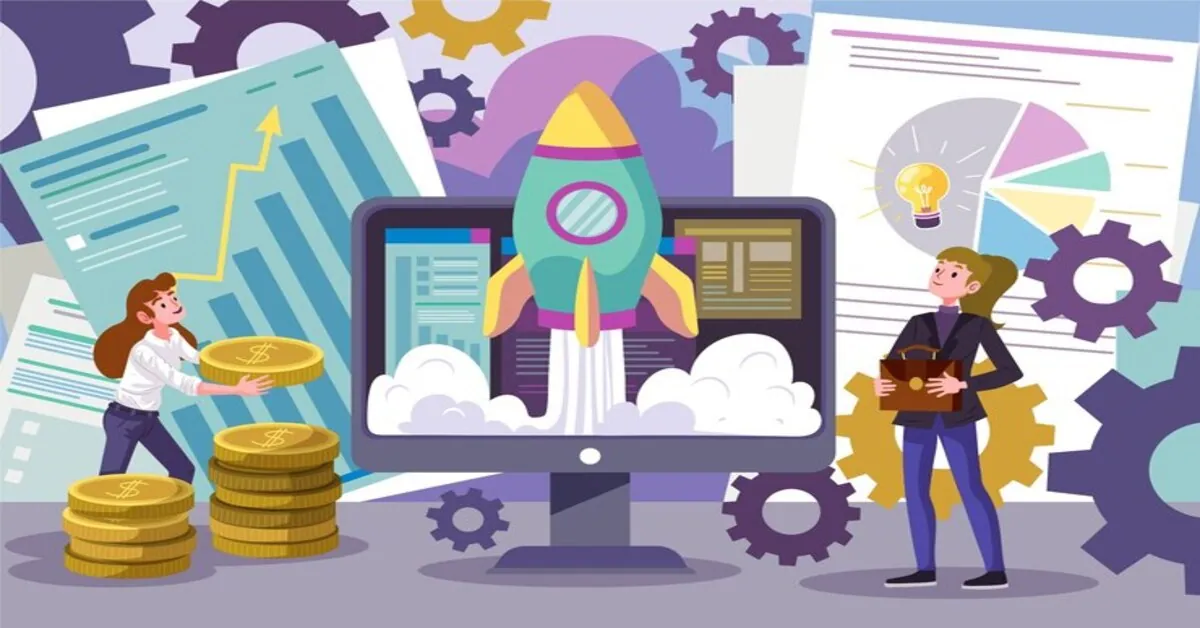Introduction:
In the ever-changing modern workplace, staff development has emerged as a critical component of successful organizations. The utilization of Human Resource Management System Connect (HRMS) software has become essential for firms that understand the value of developing and improving their personnel. It helps to streamline and maximize employee development programs.
Efficient Training Management
HRMS software facilitates the often challenging process of organizing and overseeing training initiatives. Through skill-specific workshops and onboarding sessions, HRMS ensures that employees can obtain the necessary training at the appropriate time. This centralized method minimizes administrative challenges, allowing HR specialists to focus on creating lasting training materials.
Customized Paths for learning
Regarding staff development, there isn’t a universally applicable approach. HRMS systems enable the creation of personalized learning paths based on each person’s roles, abilities, and career goals. This personalization encourages motivation and employee engagement by ensuring that workers receive targeted opportunities for professional development.
Real-time Performance Monitoring
Employee development depends on ongoing feedback. Real-time performance monitoring is made easier by HRMS software with features like performance reviews and feedback systems. This helps HR discover high-potential individuals for advanced development programs and gives employees a clear awareness of their strengths and areas for improvement.
Aligning and Monitoring Goals
HRMS facilitates the alignment of personal aspirations with corporate aims. Employees can chart their career goals with goal-setting elements, and supervisors can keep an eye on developments and offer appropriate advice. Employees benefit from this synergy, which also advances the success of the company as a whole.
Analysis of Skill Gaps
Finding skill gaps is a must for efficient staff development. HRMS systems provide advanced analytics for comparing an employee’s present skill set to what is needed for their position. With this knowledge, HR professionals can create focused training programs to close these skills gaps and guarantee that their workforce is capable and flexible.
Transitional Management
The goal of employee development is to prepare them for the future as well as the present. Through the identification and development of high-potential individuals for leadership roles, HRMS systems support succession planning. This proactive strategy promotes the organization’s long-term stability and guarantees a seamless transfer in important roles.
Engagement and Retention of Employees
Putting money into staff development is a great way to boost engagement and lower attrition. Positive work environments are created by HRMS software, which offers a platform for continuous communication and acknowledgment. Employee loyalty to the company is higher when they see assistance for their professional development.
Conclusion
The value of human capital is crucial in a dynamic company environment, and HRMS software emerges as a strategic enabler of employee growth. In addition to streamlining administrative duties, HRMS’s all-inclusive training, performance management, and talent optimization solutions enable businesses to develop a workforce that is knowledgeable, adaptable, and committed to the company’s goals. Employee development continues to be a top priority for firms, and HRMS’s role in influencing the ongoing success of this endeavor cannot be overstated.




